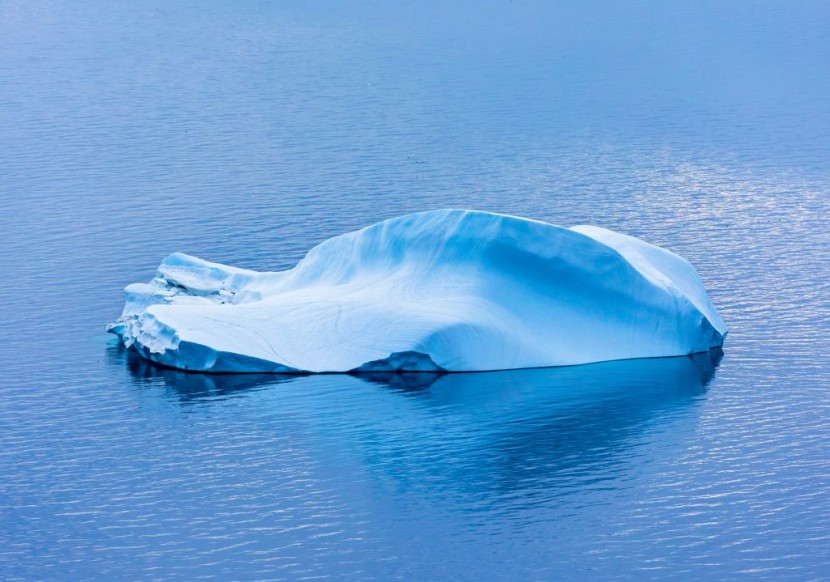
Greenland temperatures have been recorded to be the hottest that they have been in the last millennium, causing a rapid thawing of ice that threatens further climate crisis.
The findings were made after scientists drilled ice cores and analyzed how global warming has affected the island country over the course of history. As the researchers drilled down further, they were able to peek further back in time, allowing them to differentiate between natural and human-caused temperature fluctuations.
Greenland's Hottest Temperatures
In a report on Wednesday that was shared in the journal Nature, scientists said that temperatures in Greenland have been the warmest in at least the last 1,000 years. This timeline was the longest amount of time that their ice cores could be analyzed.
The team also found that between 2001 and 2011, it was on average 1.5 degrees Celsius warmer compared to the temperatures recorded in the 20th century. The authors of the report added that human-caused climate change played a crucial role in the significant rise in temperatures in the critical Arctic region, as per CNN.
In a statement, the lead author of the study and a glaciologist with the Alfred Wegener Institute, Maria Horhold, said that Greenland is currently the largest contributor to sea level increase. She added that if the rate of carbon emissions continues as they are, the island country will have contributed up to 50 centimeters of sea level rise by 2100, impacting millions of people in coastal areas.
While weather stations along the edge of the country's ice sheet have already detected that its coastal regions were becoming warmer, scientists' understanding of the effects of rising temperatures was limited because of observations made in the long term.
Horhold said that understanding the past is an important step in preparing for future consequences. She added that in order to accurately say that there is global warming, there needs to be knowledge of the natural variation before humans actually interacted with the atmosphere.
Consequences of Global Warming
Due to the temperature increase only continuing since the 2001 to 2011 timeline, it is most likely an underestimate of how much the climate in the high-altitude areas of northern and central Greenland has been affected, according to the Washington Post.
The situation marks a concerning future for coastline areas because it suggests that there is a long-term process of melting that has been set into motion. This could, later on, deliver significant portions of Greenland's total mass to melt into the oceans. Currently, the country contains enough ice to raise sea levels by more than 20 feet.
Wegener said that humans have been seeing temperature rises between the 1990s and 2011 and noted that we now have the clearest signature of global warming thanks to the study. This comes as governments have yet to make the changes needed to prevent the worst consequences of global warming as fossil fuel consumption continues to release carbon into the atmosphere, thus warming the planet.
A United Nations report in November found that many of the world's most famous glaciers could vanish by 2050 as temperatures continue to rise. Out of the more than 18,600 glaciers that the global organization monitors across 50 World Heritage Sites, roughly a third are expected to disappear by mid-century, said Al Jazeera.
Related Article : UN Chief Says World is in 'Sorry State'
© 2025 HNGN, All rights reserved. Do not reproduce without permission.








